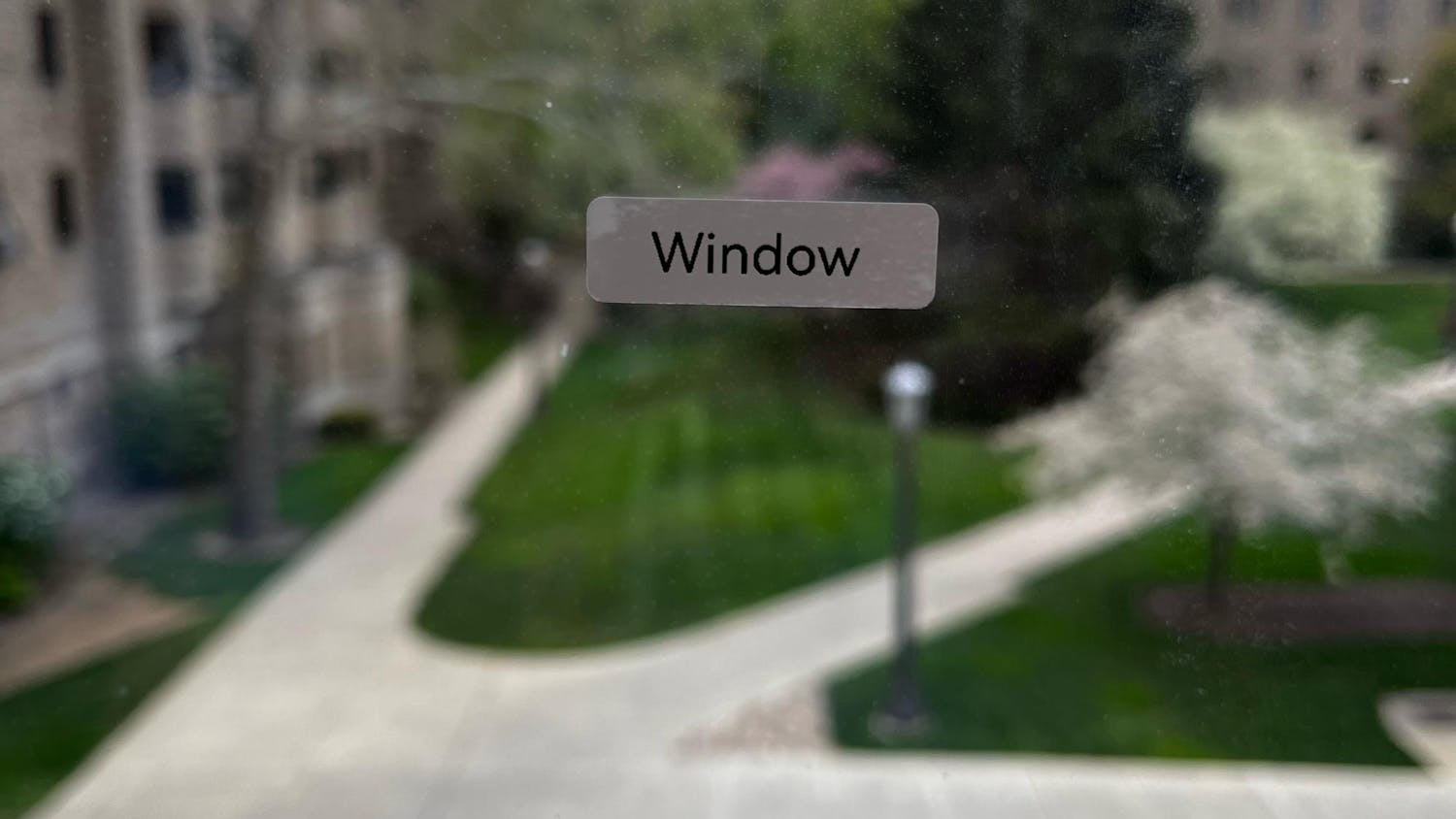As many of you know, Plato's "Allegory of the Cave" is a part of Plato's larger dialogue, "The Republic." Many of you also know it is boring and unconnected to real life. I will now attempt to reinterpret the "Allegory" into terms any student can understand.
Plato's allegory begins with people who can't stand or turn their heads, essentially students who are in class or working vigorously at their desks. They are in a cave lit by artificial light — so if you've done homework in Fisher Hall you can definitely relate. Finally, they are watching shadows of statues of real things go by. This part is a little harder to relate, but there's a way to make sense of it: Plato considers these as representations of real things. Words and pictures, such as one might find in a textbook, are used to represent things in the real world. So, for our purposes, let's say they are looking at words and pictures in a textbook. Later in the Allegory (it applies here though, trust me), Plato mentions that the people in the cave have contests for naming the shadows and are given prizes for their skill in doing so. Students can think of the contests as exams and the prizes as grades. What do we have so far? We have students indoors, at their desks, reading their textbooks so they get good grades.

Plato then wants us to imagine one such individual is brought up out of the cave and into the outside world, which is equivalent to … well this one is pretty obvious. This individual then can't bear to look up because of the brightness of the sun — so think early fall or late spring semester and you can no doubt sympathize. The individual can only bear to look at the reflections of real things in water and other mirrored surfaces. This can clearly be related to a trip to Notre Dame's wonderful lakes. Once the individual's eyes have adjusted they can ultimately look at the real things themselves. From the student perspective, this means you can play Ultimate Frisbee.
However, Plato is not finished. He says that the individual reaches "the good" when they look at the sun itself. First, a student may interpret "the good" as "the good life." The meaning of "good life" is clear to anyone familiar with the popular OneRepublic song of that title. Second, Plato's call to look at the sun cannot be taken literally (it would damage your retinas), so we students must interpret this as lying down (so as to face the sun) with our eyes closed. The second part of the Allegory has urged us to go outside, take a walk around the lakes, play on the quad and finally lie down with our iPods set on One Republic's "Good Life."
I can only conclude that since this University required me to read Plato's "Republic," it tacitly approve the message I have distilled: To pursue the best life, you must go outside to play and lay on the quad instead of studying at your desk to get good grades.
See you on the quad (in a month or two).

Contact Christian Myers at cmyers8@nd.edu
The views expressed in the Inside Column are those of the author and not necessarily those of The Observer.












